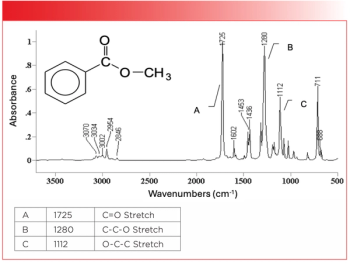
Photonics West: New Fourier-Based System to Improve Upon Neural Networks
At SPIE Photonics West 2024, Jiachi Ye of the University of Florida held a presentation about a 4f-based free-space optical system (light-based computer) to address power consumption and speed limitations of calculations performed with convolutional neural networks (CNNs).
On January 30th, at SPIE Photonics West 2024 in San Francisco, California, USA, Jiachi Ye of the University of Florida held a presentation about a 4f-based free-space optical system to address power consumption and speed limitations of convolutional neural networks (CNNs).
Working with CNNs normally requires extensive computational power, which has led to a need for alternative approaches. For this new system, Ye’s team proposed a combination of a reconfigurable complex convolution module (RCCM) and a direct metal deposition (DMD)-diffraction-based parallelism approach, showing off visuals to those in attendance at the presentation. For this process, the system takes the phase and amplitude of an incoming field, then takes the arc cosine of the amplitude, then it forms masks, with the entire process leading to amplitude and phase modulation after the field passes through the system. With this system, all-optical full convolution happens simultaneously thanks to a combination of Euler’s law and a Michelson interferometry method. This enables high-speed convolution computation that is only limited by the refreshing rates of selective laser melting (SLM). Normal heterogeneous CNNs involve hashing for secure optical information compression, but the goal with this system is to realize this hashing process step-by-step.
Using the RCC, the new system offers adaptive kernel reconfiguration for various deep learning tasks, while the DMD-based method uses diffraction principles to process multiple data streams simultaneously. This allows computational throughput to be enhanced (2). The traditional convolutional later is replaced with the Fourier approach, which is uploaded with frequency. These design choices are based on the speed and passive nature of light, which greatly reduces power consumption while being faster than electronic methods. This method can also be integrated with normal CNN architectures, elevating training and inference times while maintaining a consistent performance level. This research helps push forward effective deep learning technologies, paving the way for future machine learning developments.
By using light instead of strictly electricity, the computer uses much less power. Moreover, because it's faster, it can perform computations better and quicker. This research helps make computers learn faster, which is important for making new technology advances in the future.
References
(1) Ye, J.; Jahannia, B.; et al. Advanced 4f-based free-space optical system. In SPIE Photonics West, San Francisco, California, USA, January 30–31, 2024.
(2) Advanced 4f-based free-space optical system. SPIE 2024.
Newsletter
Get essential updates on the latest spectroscopy technologies, regulatory standards, and best practices—subscribe today to Spectroscopy.




